[ad_1]
Nons SL660 two-minute review
As TechRadar’s Cameras Editor I see all kinds of weird and wonderful devices for capturing stills and video, but just when I thought I’d seen it all, the Nons SL660 popped up in my YouTube feed and piqued my curiosity. It’s an instant camera, but not as we know it, being an angular hunk of metal – an SLR with passive Canon EF lens mount, that captures to readily available Fujifilm Instax Square film.
Nons makes two lenses that are directly compatible with the SL660’s Canon EF lens mount – a 35mm f/2.8 and a 50mm f/1.8 – plus a range lens adaptors for other popular SLR lens mounts, including Nikon F and Pentax K. When I requested a loan sample from Nons for this feature, I asked for the Canon EF to Nikon F adaptor because I own a few excellent Nikon lenses, including the full-frame Nikon 20mm f/2.8D AF.
There’s also a Nons SL645, camera, and the key difference between that model and the SL660 is that it records onto Instax Mini film instead. Personally, I much prefer the size of Instax Square prints (and the larger-still Polaroid film even more), so the SL660 was the obvious choice for review.

Unlike most simple point-and-shoot instant cameras that only offer auto exposure, the Nons SL660 is SLR by design, and entirely manual in operation. You’ll need to select the shutter speed and lens aperture, with an exposure meter above the lens telling you what aperture to use with the selected shutter speed. Your frame is viewed through a pentaprism viewfinder, focus is manual, and you even have to manually eject the print when you’ve taken the shot – a feature that enables multi-exposure shooting.
This is truly a photographer’s instant camera, and to that end you can swap lenses to mix up the type of shots you can make. It’s also one of, if not the most, expensive instant cameras available. It’s pricier because it’s made of tough metal and in smaller batches versus the standard plastic used in most other mass-produced instant cameras like the Fujifilm Instax SQ40; the Nons SL660 is an altogether different camera to those, and the high-end build quality goes some way towards justifying the significant outlay.
The SL660 is a bulky and heavy instant camera, and the image quality it’s capable of producing is ultimately limited by the Instax Square film it uses – you will, for example, need an ND filter in bright light. Despite its constraints, I’m charmed by it, and I suspect that of all the best instant cameras you can buy, the Nons SL660 is the one that photographer me will come back to again and again.
Nons SL660: price and release date
The Nons SL660 camera alone costs $599 / £603 from the Nons website or from Amazon, and with its passive Canon EF lens mount it’s best suited to manual-control Canon EF lenses. If you use modern Canon EF lenses you might sacrifice aperture control (if your lens doesn’t have an aperture ring) and even manual focus control (‘STM’ lenses). You can also purchase the SL660 as a bundle with the 35mm f/2.8 lens for $709 / £717, with the 50mm f/1.8 lens for $649 / £660, or with any one of a number of lens adaptors for $609 / £615. This high-end pricing pits the SL660 firmly against the Polaroid I-2 – the two cameras are in a different league to point-and-shoot instant cameras. Pricing for the Nons SL645 starts at $539 / £541. We’ll update this review if and when pricing and availability for Australia are confirmed.
Nons SL660: design
Images of the Nons SL660 online didn’t prepare me for what I set my eyes on when unboxing the gear – this looks like no other instant camera. It’s a love it or hate it brutalist block of aluminum with defined features: a genuine wooden grip, a crank to engage the viewfinder, a pronounced shutter button, and striking shutter speed dial.
There’s an optical viewfinder with through-the-lens display, so the perspective is correct to the attached lens. The display is dim, but I like its grainy filmic quality. There’s a portion of your instant print that you don’t see through the viewfinder display – when shooting with the thick border at the bottom of your Instax Square print, the unseen section is to the left. It takes a couple of shots to get used to this, and thereafter you can factor this in to make the best possible composition.
To shoot the ‘correct’ way, with the thicker border positioned at the bottom of your print, you need to flip the camera 90 degrees with the grip at the top – vertical if you will – otherwise the thick border will be on the left-hand side of your print, which looks weird unless that’s your intention.
The Nons SL660 is powered by an internal battery topped up via USB-C (using the supplied USB-C to USB-A cable, not just any USB-C cable) and is rated for around 100 shots on a full charge. A tiny top LCD displays battery life along with the number of prints remaining in the inserted film pack (the shot counter failed in my review sample after a couple of packs of film), plus the aperture setting needed on your lens to get the correct exposure for the selected shutter speed, based on the camera’s exposure metering.
If you’re shooting in bright light you’ll need an ND filter for your lens, or else your shots will be overexposed – a 3EV to 7EV variable ND is perfect. The Nons 35mm f/2.8 lens I had has a 52mm thread. Because the exposure meter is separate to the lens (ie., not TTL), you’ll need to calculate the exposure settings based on the strength of the filter, or place it in front of the meter to get the reading first, and then attach it to the lens. The ‘reflective’ exposure meter calculates an evaluative reading for the whole frame.
By today’s standards the Nons SL660 is awkward to hold, and by heck is it chunky, primarily because it needs that extra depth for the Canon EF-mount flange focal distance. This is no pocket camera. It’s also a paradox – a custom-made one-of-a-kind feel, yet it captures onto the most popular and accessible instant film. I had several packs of regular Instax Square film for this review, and there are a few readily available alternatives, like a monochrome film, too.
Stylistically I like the pronounced shutter button. However, it’s all too easy to press it unintentionally, which results in a wasted print. I almost lost that screw-on button, too, as it unthreaded itself more than once. The reason that the button is detachable in the first place is to allow you to swap it out for a cable release for hands-free operation, which is neat, but a tighter thread is needed for a secure fix.
Nons SL660: performance
Long before I’d received the Nons SL660 or taken any shots with it, I had formed a certain expectation regarding the quality of instant prints it could make. After all, it comes with a proper Nons lens, plus, in my case, I can use it with some excellent Nikon lenses. Rival instant cameras like the Instax SQ40 are restricted to a built-in, low-cost lens.
Surely, then, the instant photos made with the Nons SL660 would be superior to anything else before it? Well, yes and no. Despite the superior optics, we’re still shooting onto the same film type – an ISO800 stock with limited dynamic range. Also, the print area of Instax Square film only measures 62mm x 62mm, and so it’s hardly big enough to really show off lens quality.
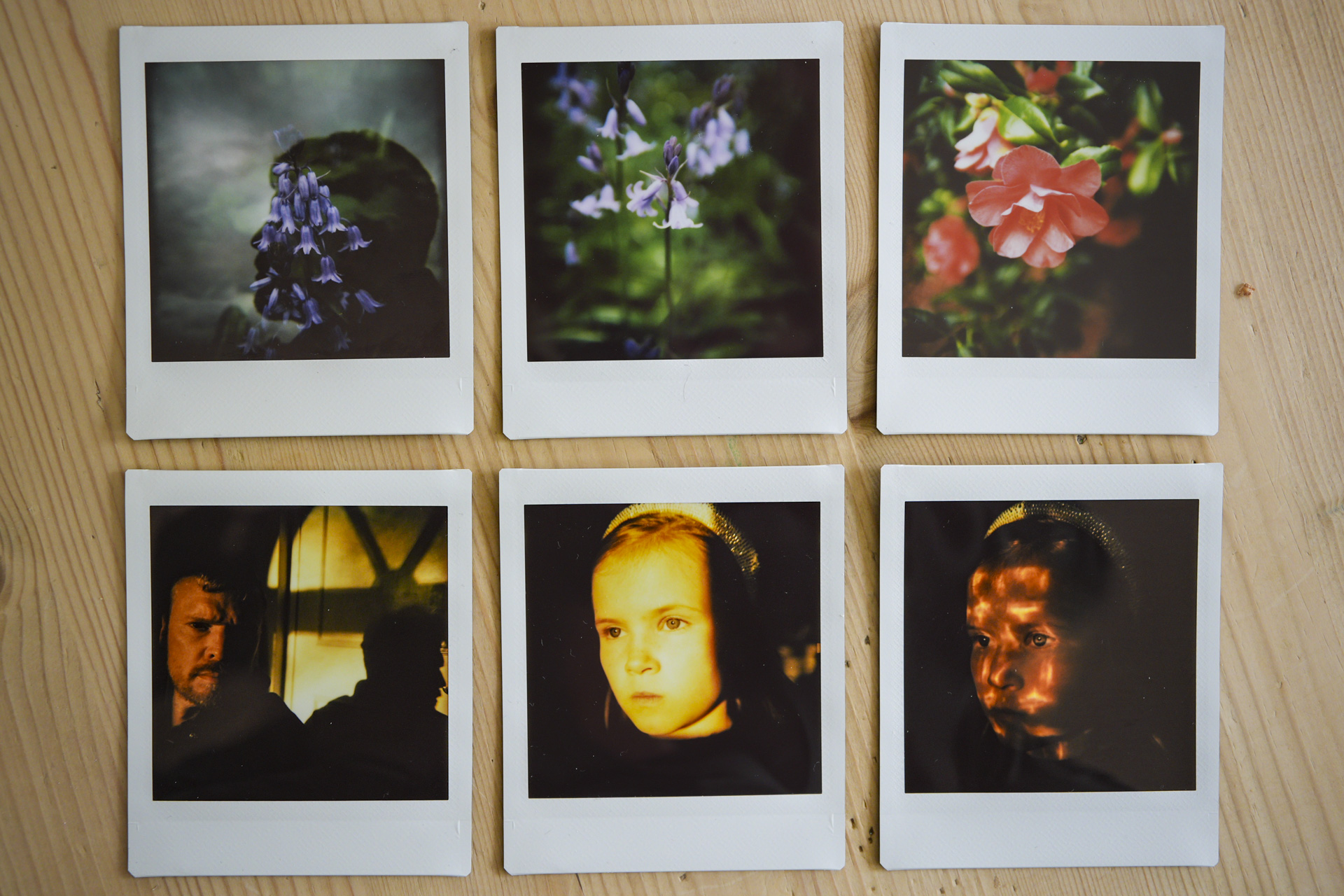
Rather than outright image quality, the real appeal of the SL660 over cheaper and simpler rivals, besides its unique design, is that you can swap out lenses and therefore mix up the focal length and perspective of your shots. Unfortunately, my telephoto macro lens for Nikon F-mount lacks an aperture ring, and I was unable to get a good shot with it. Get the right manual lens, however, and great fun can be had.
Almost all the instant photos I took with the SL660 for this review were taken with the Nons 35mm f/2.8 lens. For full exposure control when adapting an alternative lens, like I did through the Nikon F-mount adaptor, you need a lens with aperture control. That counts out most modern DSLR lenses from Canon, Nikon and Pentax. When using a Nikon lens without an aperture ring, the aperture is automatically set to its smallest setting, while some Canon lenses are set to their widest aperture setting. (I also had a great struggle removing the adaptor ring from my Nikon lens after use.) Besides Nons’ own lenses, an old Canon EF lens with aperture ring makes the most practical sense.
To get prints with the correct brightness, I needed to experiment a little to understand the behaviour of the SL660’s auto-exposure metering. If you follow the suggested aperture settings to a tee, then prints tend to come out a little dark for my liking, but when I increased the exposure by around 1EV, by opening the aperture up or halving the shutter speed, the results were better.
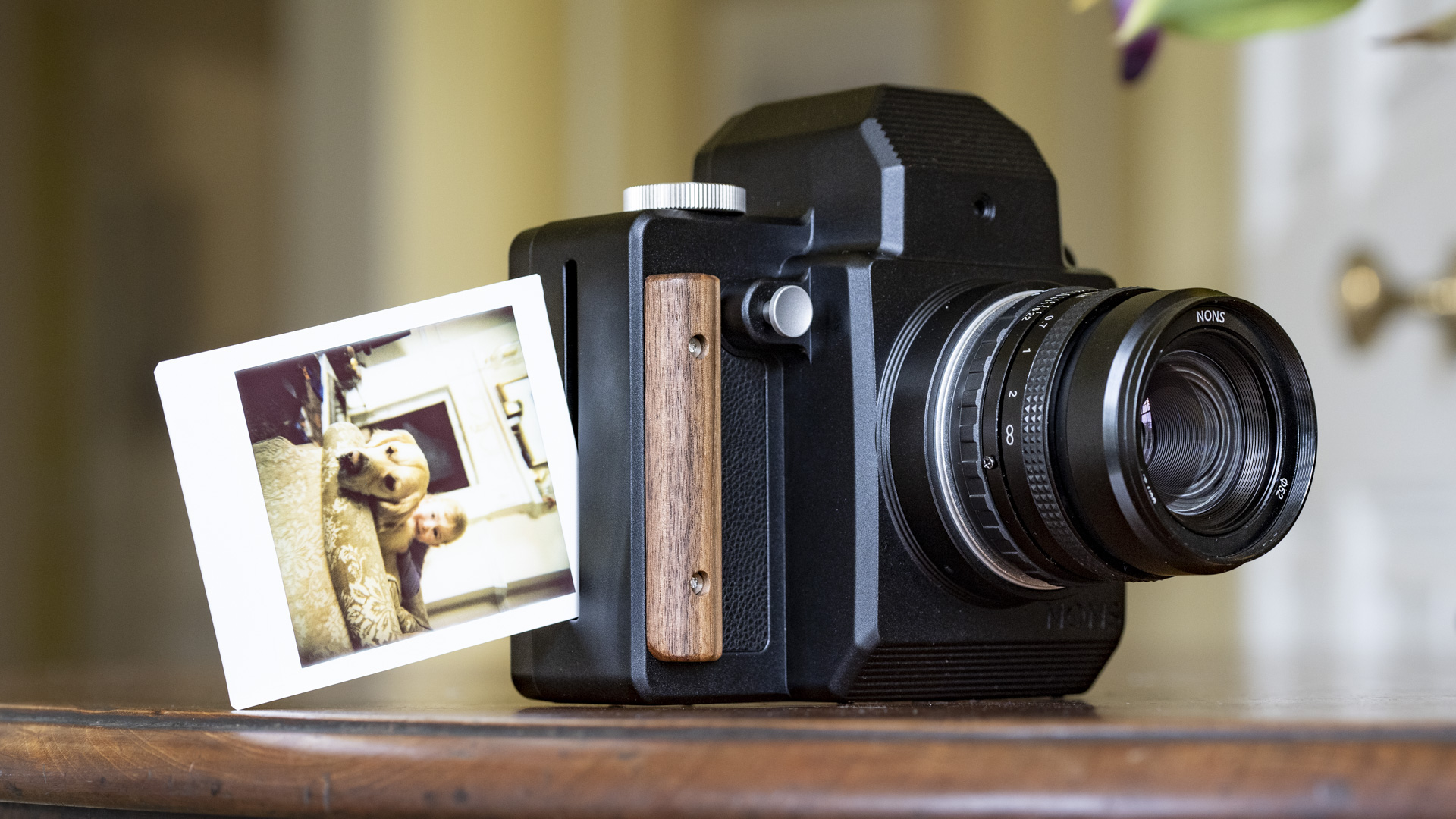
Apply this knowledge about the camera’s exposure metering and most your shots will come out fine. However, alternatives like the Fujifilm Instax Square SQ40 shoot in auto-exposure only, with a built-in auto flash, and with those cameras you’ll get fewer wasted prints.
You also need to understand the limitations of Fujifilm Instax film. It has an ISO 800 sensitivity rating, which is bang on with the fastest possible 1/250 sec shutter speed and f/4 aperture (approx) when shooting in cloudy weather, but when the sun comes out you need to stop the aperture right down, to nearer f/22 or even beyond the limit of the lens.
I prefer the look when shooting with a wider aperture, not least to make subjects stand out better, but also in this case for a brighter and clearer view through the viewfinder (it gets dimmer as you reduce the aperture size), and so a ND filter is a must-have accessory – otherwise the SL660 is practically unusable in bright light.
There’s also a hard limit on the dynamic range of the film – if you shoot scenes with high contrast, like a backlit portrait or a white overcast sky, you’ll need to choose between a brightness for highlights or shadows; you can’t have both. An ideal scenario is even lighting: soft sunlight on your subject and background, or at least a darker background so the subjects pops.
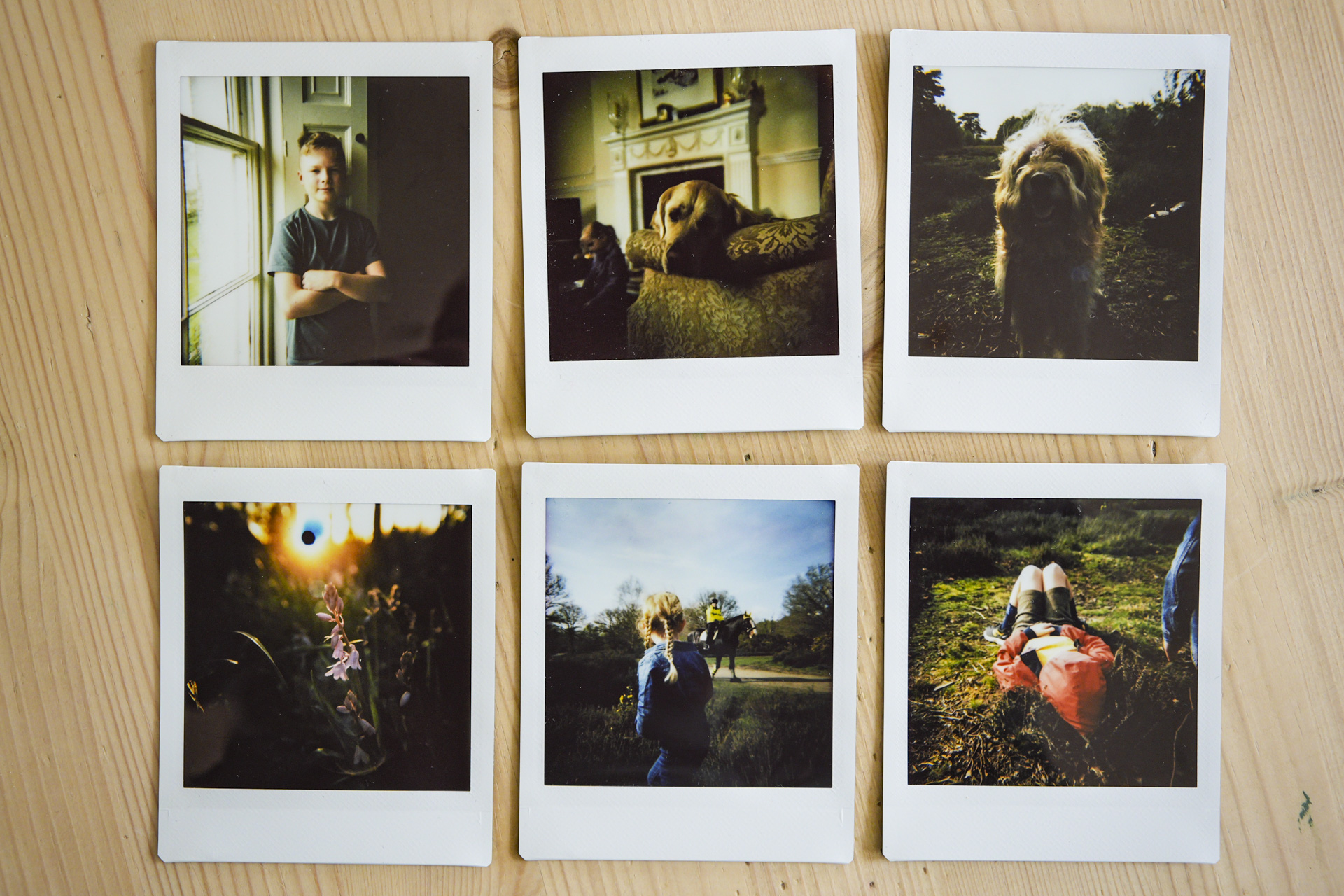
There’s a standard hotshoe to attach an optional flash. Nons doesn’t sell its own flash, nor did I use the SL660 with a flash for this review – that’s a whole other creative technique I look forward to exploring with this camera. I’ve complained about certain Fujifilm Instax cameras with built-in flash in the past because some models auto-fire the flash for every photo you take, whether you need it or not. However, that’s a better option than the SL660, which has no built-in flash at all – at least you can cover an Instax camera’s flash with your finger when it’s not needed.
Once your shot is ready, you hard-press the eject button and out pops the print. This manual-eject control also enables a multi-exposure function. You’ll need to recalculate the correct exposure for each shot depending what’s in each frame, and the results can be excellent if you know what you’re doing, or at least be prepared to waste a print or two experimenting. For example, I shot a self-portrait silhouette against a bright sky in one exposure, and then another one of closeup details of flowers that visibly populates the silhouette – a classic double-exposure effect.
Overall, if you’re using the Nons SL660 with the 35mm f/2.8 lens without ND filter or flash, it’s fairly limited as to what scenes it’s suitable for. But if you’re equipped with accessories and willing to experiment, great results can be achieved.
Should I buy the Nons SL660?
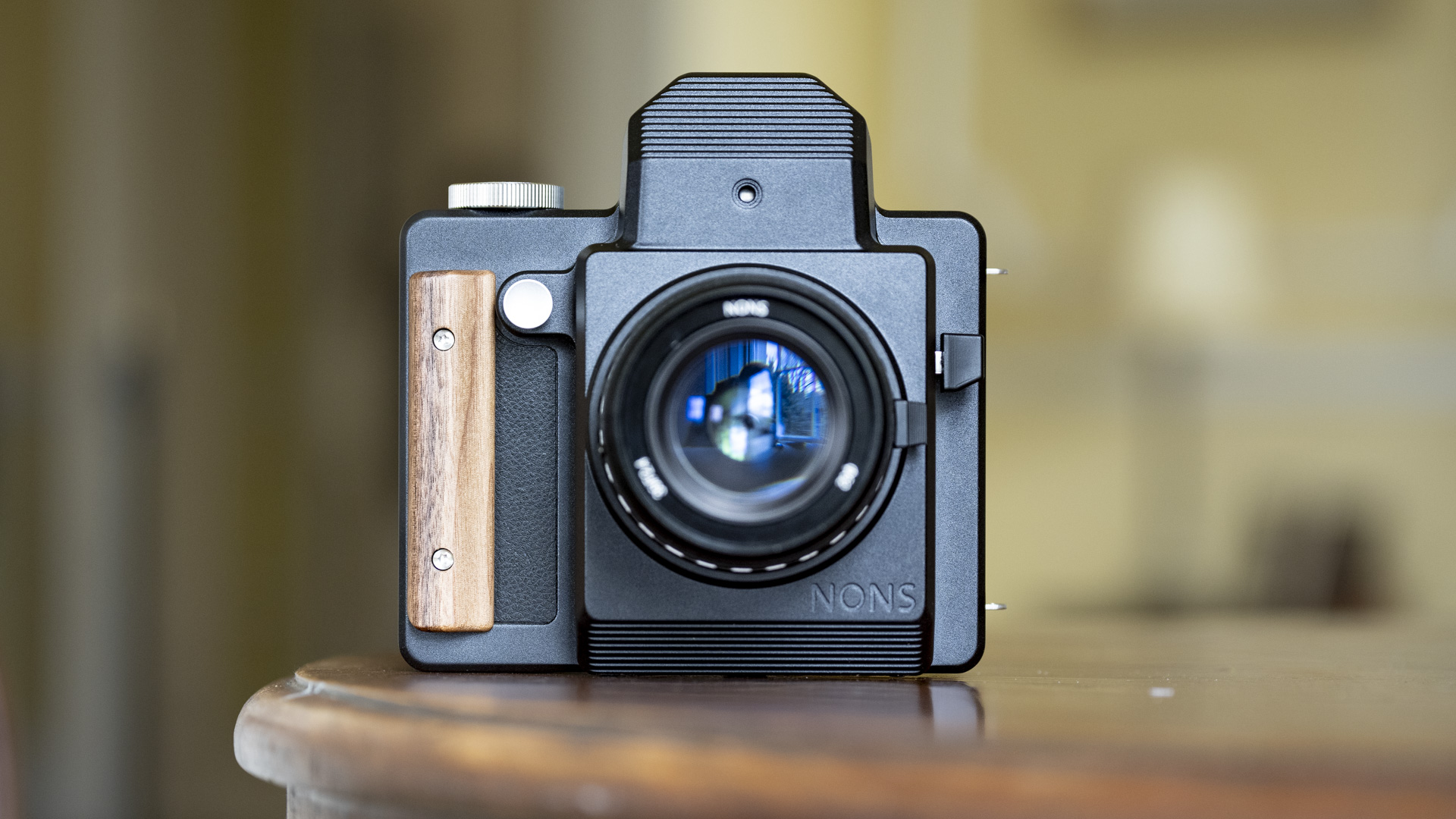
Buy it if…
Don’t buy it if…
How I tested the Nons SL660
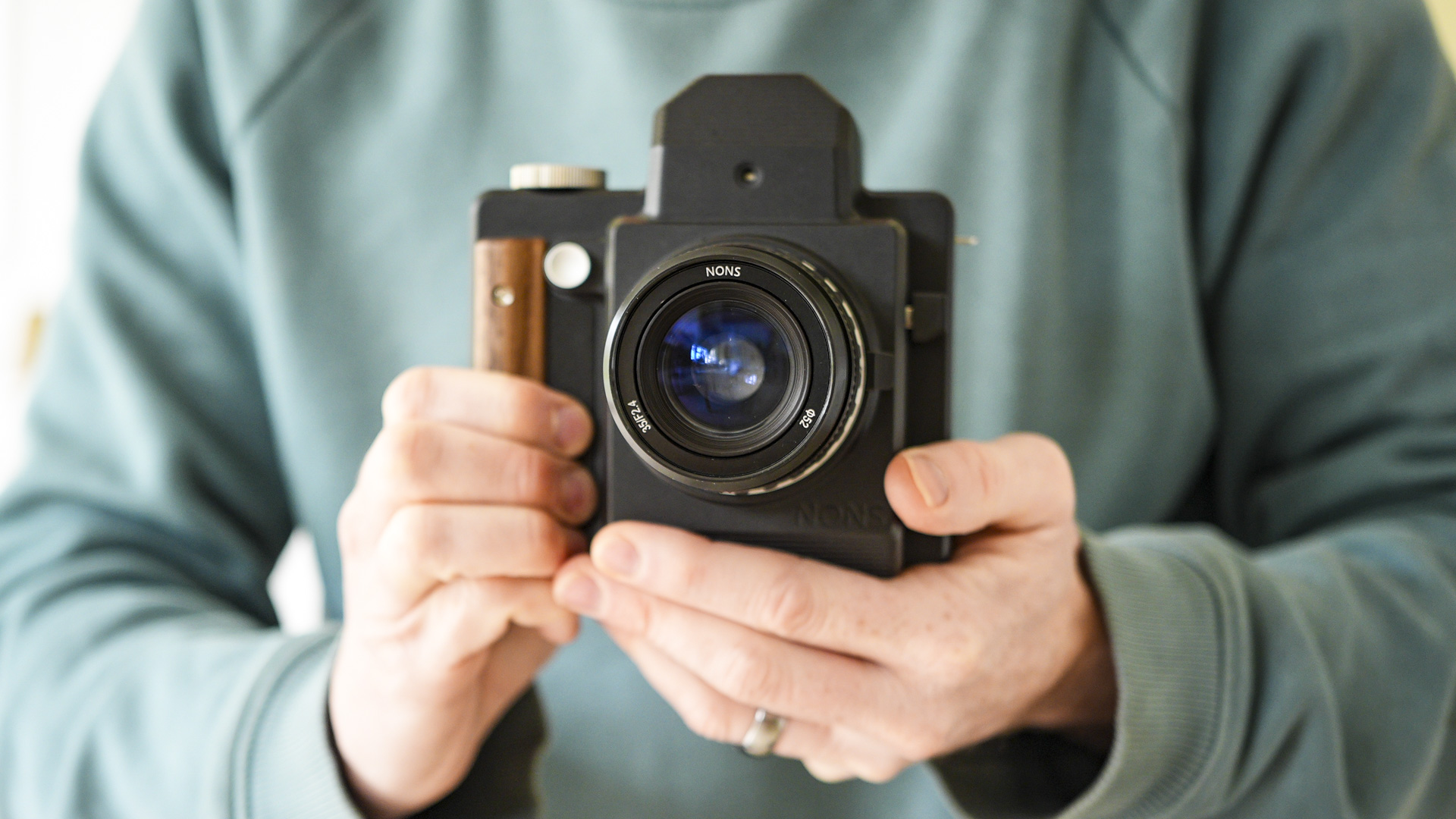
I had the Nons SL660 SLR instant camera for a couple of months, and I went through a fair few packs of regular Instax Square film. For the majority of the review I used the Nons 35mm f/2.8 lens, although I did adapt a couple of my Nikon F-mount lenses with mixed success.
Testing the camera in a variety of lighting conditions that ranged from sunny weather to indoors, I experimented with various shutter speeds and lens apertures, and took both single-shot and multi-exposure photos. I’ve not used the Nons SL660 with a hotshoe mounted flash, nor used the bulb mode or attached a cable release.
First reviewed April 2024
[ad_2]
Source Article Link


